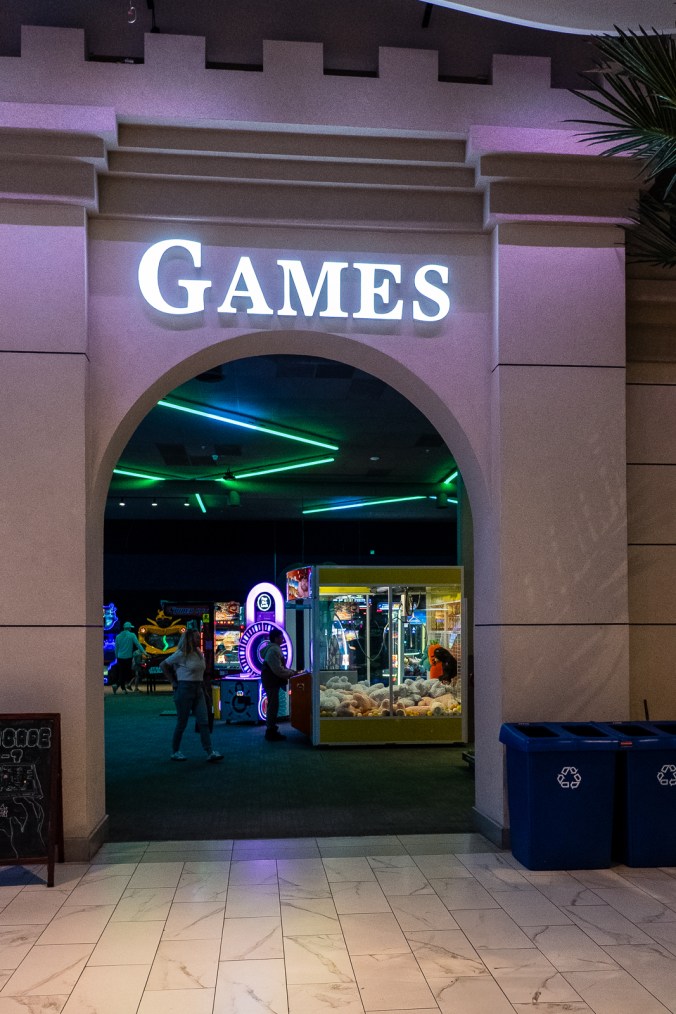As most know, the Toronto Islands are comprised of three small land masses – Hanlan’s Point, Centre Island and Ward’s Island – joined in an arc.
Ward’s Island is on the east side of the Islands. Unlike Hanlan’s Point and Centre Island, which are full of picnic areas and BBQ sites, Ward’s is mostly residential, having a quiet, calm aura to it.

Exploring The Cottages
On Ward’s Island there are 262 homes and roughly 650 people living on the Island. The community has no stores, cars or public transportation, so life is very different for Islanders:



Think you want to live on Ward’s Island?
Well think again… it’s an awful long wait. There is Legislation in place for Island residents which safeguards their homes: The Toronto Islands Residential Community Stewardship Act. Under the Act, the deed to a house may be transferred only to the current owner’s child or spouse. If the house must be sold for personal reasons, and if a child or spouse will not be the new owner, the process is handled by the Toronto Islands Residential Community Trust Corporation. The house and the land lease are sold for the owner’s benefit, but the buyer must be an individual on a 500-person waiting list which was established through a lottery. A firm price is set by the Trust; no bids or negotiation are allowed. This process was intended to eliminate the risk of the homes being sold on the open market, driving up the prices, and preventing a windfall for the owner.






Down to the Beach
The Ward’s Island beach is located at the start of the boardwalk, next to a small playground and washrooms behind the soccer field. It’s the least busy of the three main beaches of the Island.
An old-fashioned boardwalk runs the length of the southern shore, starting at Ward’s Island Beach and passing the back gate of Riviera cafe with its lovely patio.



“The Anatomy of Fear” by Bruce Smith
On the north part of the island there is an interesting art instalment by artist Bruce Smith, who lives on Ward’s Island. The instalment is described by the artist:
Fear can give rise to frantic despair and also can lead to progression. This duality is represented in “The Anatomy of Fear” as the right and left wings. The terrifying right wing consists of the body of the dragon, filled with “Big Bucks” ($): a bat wing coloured red to indicate hysteria and disruption. A contemporary analogy of this wing is the denial of global warming and refusal to engage in carbon emission reduction programs. The benign left wing is filled with common sense “c”, coloured environmentally-friendly green with shape derived from a dove.



Back to the Mainland…
































































































I really love Allan Gardens. This Christmas show looks really wonderful. I will have to go and take a look